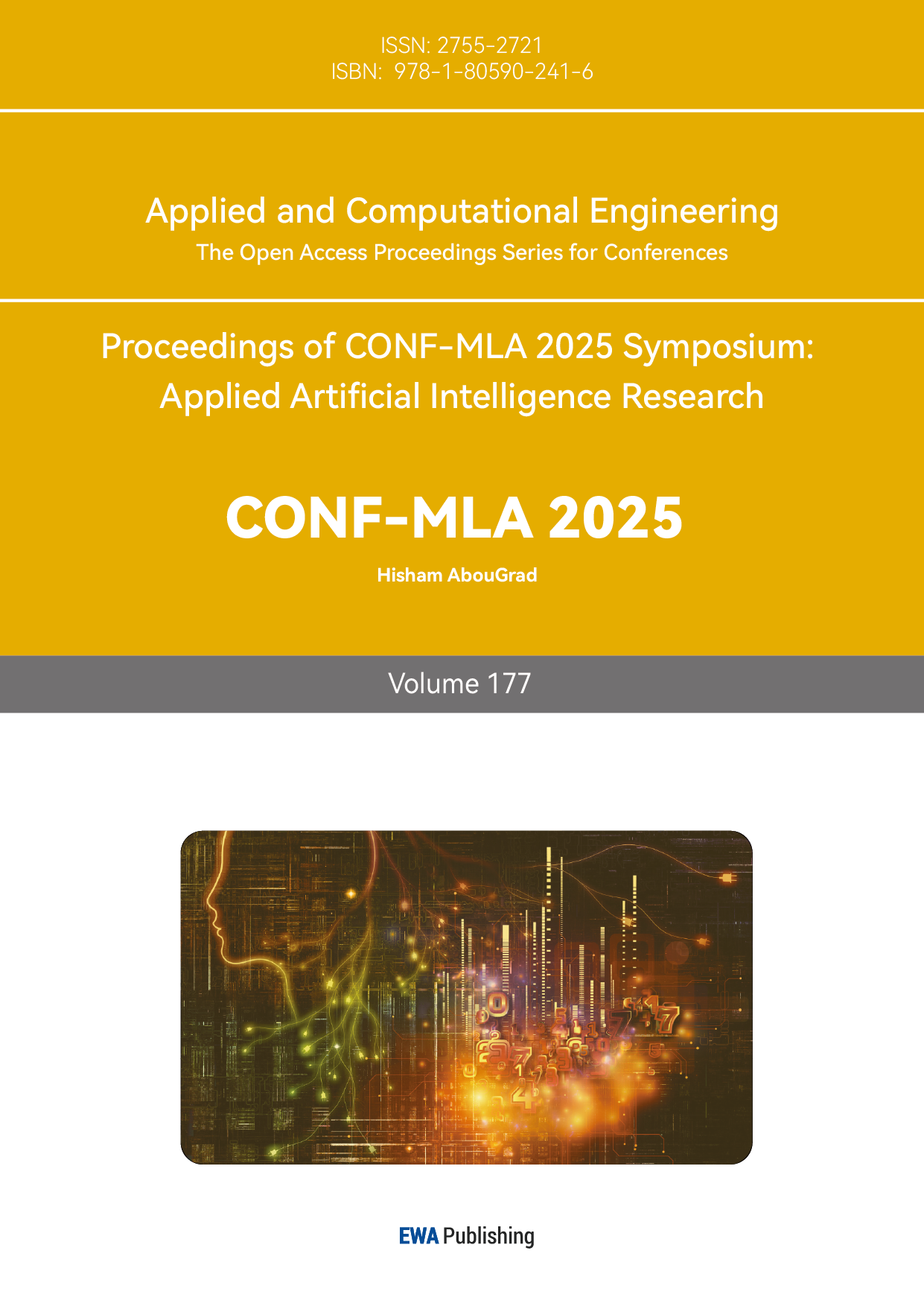References
[1]. Farina D, Merletti R, Enoka R M. The extraction of neural strategies from the surface EMG [J]. Journal of applied physiology, 2004, 96(4): 1486-1495.
[2]. Khushaba R N, Kodagoda S, Takruri M, et al. Toward improved control of prosthetic fingers using surface electromyogram (EMG) signals [J]. Expert Systems with Applications, 2012, 39(12): 10731-10738.
[3]. Fratini A, Cesarelli M, Bifulco P, et al. Relevance of motion artifact in electromyography recordings during vibration treatment [J]. Journal of Electromyography and Kinesiology, 2009, 19(4): 710-718.
[4]. Christiano L J, Fitzgerald T J. The band pass filter [J]. International economic review, 2003, 44(2): 435-465.
[5]. Davenport Jr W B. Signal‐to‐Noise Ratios in Band‐Pass Limiters [J]. Journal of Applied Physics, 1953, 24(6): 720-727.
[6]. Rehman N, Mandic D P. Multivariate empirical mode decomposition [J]. Proceedings of the Royal Society A: Mathematical, Physical and Engineering Sciences, 2010, 466(2117): 1291-1302.
[7]. Toledo-Pérez D C, Rodríguez-Reséndiz J, Gómez-Loenzo R A, et al. Support vector machine-based EMG signal classification techniques: A review [J]. Applied Sciences, 2019, 9(20): 4402.
[8]. Paul Y, Goyal V, Jaswal R A. Comparative analysis between SVM & KNN classifier for EMG signal classification on elementary time domain features [C]//2017 4th international conference on signal processing, computing and control (ISPCC). IEEE, 2017: 169-175.
[9]. Chua L O. CNN: A vision of complexity [J]. International Journal of Bifurcation and Chaos, 1997, 7(10): 2219-2425.
[10]. Disselhorst-Klug C, Schmitz-Rode T, Rau G. Surface electromyography and muscle force: Limits in sEMG–force relationship and new approaches for applications [J]. Clinical biomechanics, 2009, 24(3): 225-235.
[11]. Yacouby R, Axman D. Probabilistic extension of precision, recall, and f1 score for more thorough evaluation of classification models [C]//Proceedings of the first workshop on evaluation and comparison of NLP systems. 2020: 79-91.
[12]. Scalo J. The IMF revisited: a case for variations [J]. arXiv preprint astro-ph/9712317, 1997.
[13]. Griffin D, Lim J. Signal estimation from modified short-time Fourier transform [J]. IEEE Transactions on acoustics, speech, and signal processing, 1984, 32(2): 236-243.
[14]. Rahimi A, Benatti S, Kanerva P, et al. Hyperdimensional biosignal processing: A case study for EMG-based hand gesture recognition [C]//2016 IEEE International Conference on Rebooting Computing (ICRC). IEEE, 2016: 1-8.
[15]. Chen L, Fu J, Wu Y, et al. Hand gesture recognition using compact CNN via surface electromyography signals [J]. Sensors, 2020, 20(3): 672.



